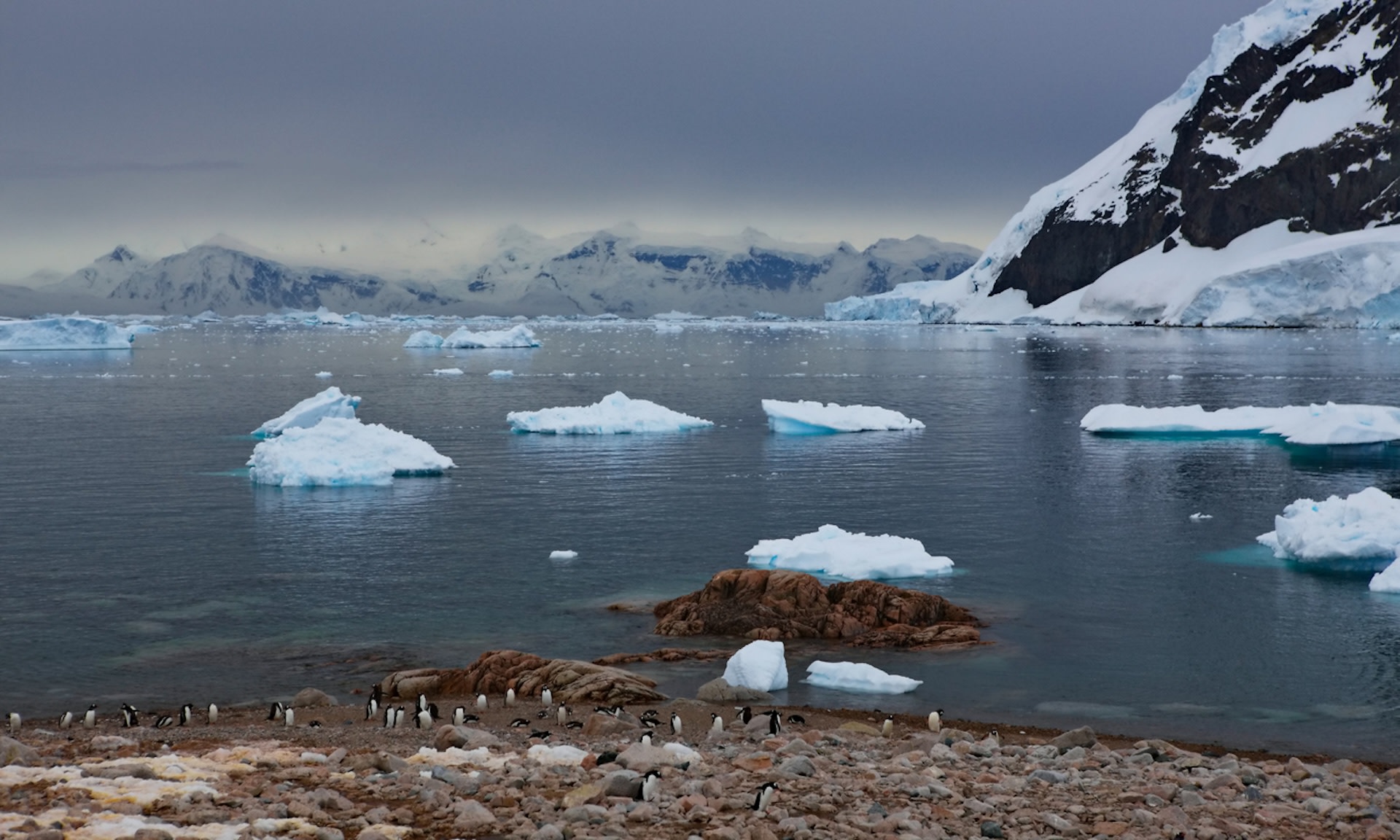Researchers are concerned that Antarctica is facing a new reality, with the continent on pace to have historically low sea ice levels for the second year in a row.
What's happening?
A report from the Guardian detailed the rapidly declining rate at which Antarctica is retaining its surrounding sea ice.
Red flags began popping up last year when the continent experienced six consecutive months of decreasing sea ice, dropping 1.6 million square kilometers below the long-term average. That area is equivalent to the combined land mass of Great Britain, France, Germany, and Spain.
The trend has continued this year, as the Australian Antarctic Program Partnership announced that sea ice extent in the Southern Ocean peaked at 17 million square kilometers on Sept. 7. That mark fell well short of the historic average for that day of 18.4 million square kilometers and edged out the previous low on Sept. 7 of 17.1 million square kilometers set just last year.
"What we're really talking about are two incredible extreme events," Dr. Will Hobbs, a sea ice researcher for the AAPP, told the Guardian. "Last year was outrageous, and it's happened again."
Dr. Phil Reid of the Australian Bureau of Meteorology told the publication that it's still too early to declare 2024 as another record-breaking year since Antarctica's winters generally last from March to October but that diminishing sea ice levels are, as the Guardian wrote, "startling."
Why are the declining sea ice levels concerning?
Hobbs stated that the atmosphere typically dictates the monthly and yearly regional variability of Antarctic sea ice but that a warming ocean has become a factor.
"We know that the past two years have been the warmest on record for the planet, with global temperatures more than 1.5C [2.7F] above pre-industrial for extended periods. This global warmth is now reflected in the oceans around the Antarctic," he told the Guardian.
Reid said that reduced sea ice coverage has culminated in abnormal weather in Australia, citing studies that found that less sea ice led to more extreme rainy events during the summer and drier spells during the winter.
He told the Guardian that it could take decades for Antarctica to return to its previous sea ice coverage, but there's also mounting evidence that it may never return to its average levels.
Experts also believe that melting sea ice will make the continent more susceptible to glacial ice loss and expedite the ocean's warming. The latter has already led to disrupted migratory and feeding patterns of aquatic species that could cause extinctions, as well as stronger and more frequent extreme weather events.
What can I do to help reverse declining sea ice levels?
Since this issue stems from an overheating planet, anything we do to reduce our overreliance on dirty energy sources that pollute the atmosphere is a positive step.
Actions with a broad effect, such as donating to your favorite climate organization, are the best place to start. Personal moves can add up, too — try upgrading to electric yard tools or ditching plastic containers to help drive down unnecessary pollution.
We can also support circular brands that focus on sustainability, including Patagonia, which transitioned to an infinitely recyclable material to repair wetsuits, and Pandora, which now uses only recyclable rare metals for its jewelry.
Join our free newsletter for good news and useful tips, and don't miss this cool list of easy ways to help yourself while helping the planet.









